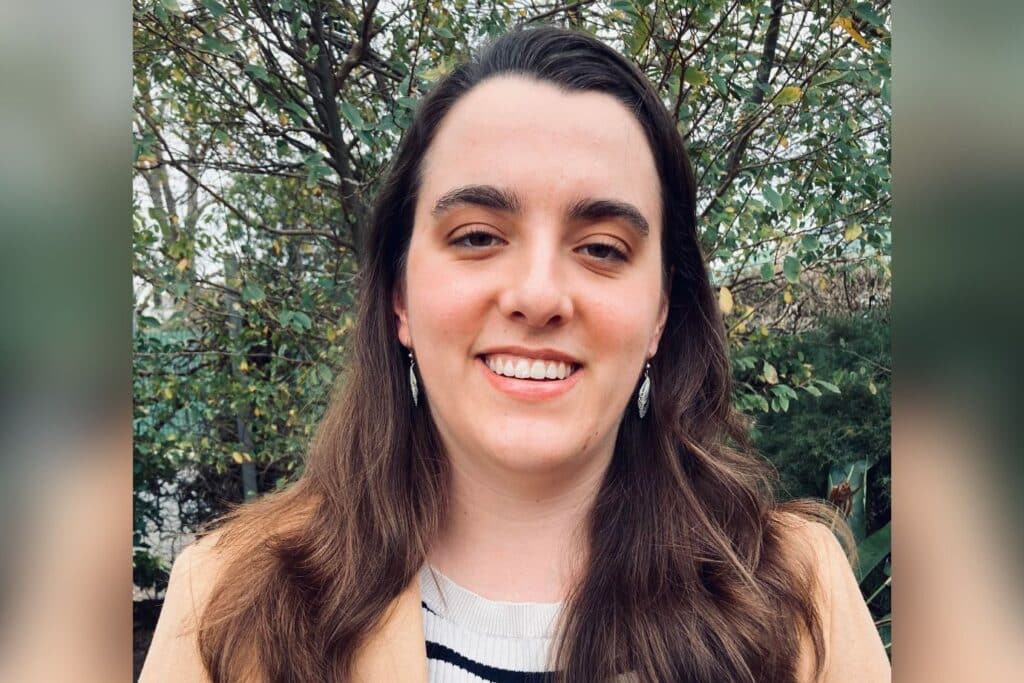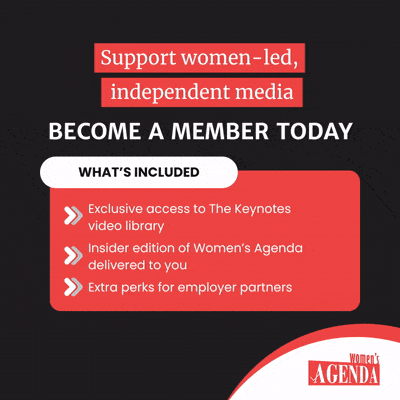Can inequality kill?
In 2011, local government officials in Karlskoga, Sweden realised that their method of snow-clearing during the winter wasn’t as gender neutral as they had first thought. By clearing main roads first, then footpaths and side roads, they ignored gender differences in movement patterns.
Women are more likely to move between places like schools, relatives’ houses, and the supermarket as they do more than 75 per cent of unpaid care work around the world. These destinations are not normally on main roads. As a result, in Karlskoga women were far more likely to be hospitalised after slipping on snow and ice during their daily commute than men.
This wasn’t the first time road clearing practices ignored women. It wasn’t merely an oversight, it was part of a pattern.
Seventeen years earlier, 2 million internally displaced people returned to their homes during the Angolan civil war. The Joint Commission, made up entirely of men, was responsible for negotiating and implementing the peace accord. It organised for major roads in the area to be cleared of landmines. Officials prioritised these roads over routes through forests and fields, which were used to do work traditionally assigned to women. Instead of enjoying the peace and safety promised to them, when displaced Angolan women returned to their work, they were killed and injured by landmines.
These examples have one thing in common. Deaths and injuries sustained by people from marginalised communities which could have been prevented if their perspectives were included in research, planning, and policy. Diversity isn’t just nice to have. It’s not just a box to tick. If we don’t include the voices of marginalised communities, people from those communities suffer.
Ignoring marginalised communities begins with assuming that the experiences and perspectives of the group in power is the universal experience.
In Australia, and in many countries around the world, this group is made up of white, middle class men. This man is viewed as the ‘default male’ and policy is made with him in mind.
It ignores the lived experiences of people outside of this narrow category and in doing so, ignores their needs and concerns.
And it leads to bad policy.
The solutions aren’t effective because the policy-makers don’t understand the problems. Not just an issue for policy-makers in Sweden or Angola, in Australia DFAT spent AUD$22 million dollars between 2017 and 2020 on a foreign aid policy in Vanuatu that attempts to address gender-based violence with increased police capacity, without a substantial focus on addressing societal gender roles and norms.
In their national survey, the Vanuatu Women’s Centre and the Vanuatu National Statistics Office concluded that “most risk factors that increase women’s likelihood of experiencing violence are related directly or indirectly to gender inequality in Vanuatu society”.
Supporting these findings, Our Watch, an organisation focussed on eliminating gender-based violence in Australia, identified four drivers of this type of violence: condoning violence against women, unequal distribution of power in relationships, rigid gender stereotyping, and a culture of masculinity which emphasises aggression and control in men’s relationships with each other.
DFATs foreign aid policy did not focus on any of these risk factors. When the government spends millions of dollars, it’s essential to consult the communities it’s trying to help. And an expensive oversight when it doesn’t.
To create policy solutions which work for the whole of society, people from marginalised backgrounds need to be in positions of power, influencing policy in institutions that they’ve been intentionally excluded from.
Our government institutions need to acknowledge the ways in which they facilitate this exclusion by upholding patriarchal and colonial power structures. Embedded masculine norms and hierarchies need to be identified and challenged at all levels of government, rather than viewing the institutions themselves as gender neutral environments.
Involvement in political institutions is shaped by rules, both written and unwritten, which dictate what behaviour is acceptable and for whom. Seemingly race and gender neutral political institutions have different impacts on individuals depending on their identity. For example, a ‘good’ political leader is linked to physical presence, dominance, and assertiveness, all traits associated with masculinity. A ‘good’ member of parliament works long hours, which is incompatible with the responsibility of unpaid care work that falls predominately on the shoulders of women, in particular First Nations women.
Valuing long hours worked rather than quality of work excludes people whose working patterns do not reflect established norms, such as those with disabilities. To include marginalised communities in decision-making and political institutions, it is essential to regender and decolonise these institutions and address the impact of white, middle class men’s historical over-representation in the Australian Parliament.
As individuals, the best place to start is in our own homes, workplaces, and communities. Do policies in your workplace that are meant to impact everyone equally have unintended disadvantages for people with disabilities or women of colour? Where in your own community is policy designed for the ‘default male’? We can only address inequality when we have identified it. In doing so, we can start to dismantle the systems of power that these institutions were built on and centre marginalised voices.
As became clear in Sweden and Angola, if our government institutions only include people with certain backgrounds and perspectives when making decisions, the policy will not effectively address the problem it’s designed to solve.
Centring marginalised communities in policy-making doesn’t just produce better outcomes, it saves their lives.


